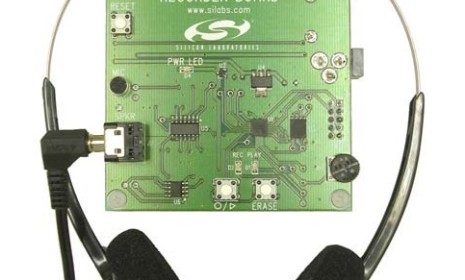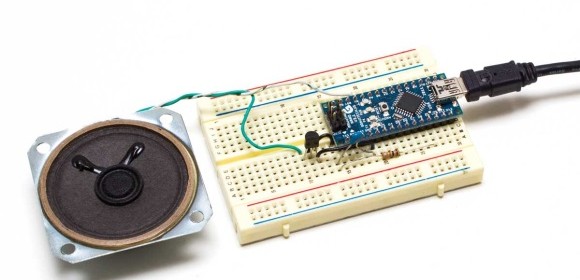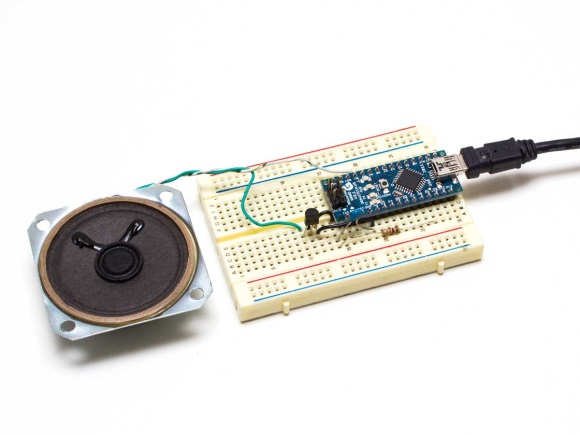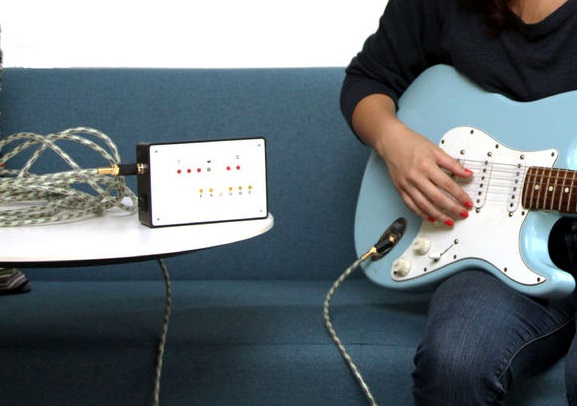Digital voice recorder design using C8051F411

Designing a digital voice recorder requires sampling the audio channel, compress and decompress the signal, and store and retrieve the samples. Silicon Labs provides a reference for designing a digital voice recorder using their C8051F411 microcontroller, which has a 12-bit ADC, and a 12-bit DAC, available on chip. The ‘F411 samples the voice signal using the ADC, compresses the sample using DPCM (Differential Pulse Code Modulation), and sends the sample to the external Flash using the SPI. Later, the microcontroller retrieves the samples from the external Flash, decompresses them, and sends them to the speaker through the DAC. This reference design can record up to 87 seconds of audio.




